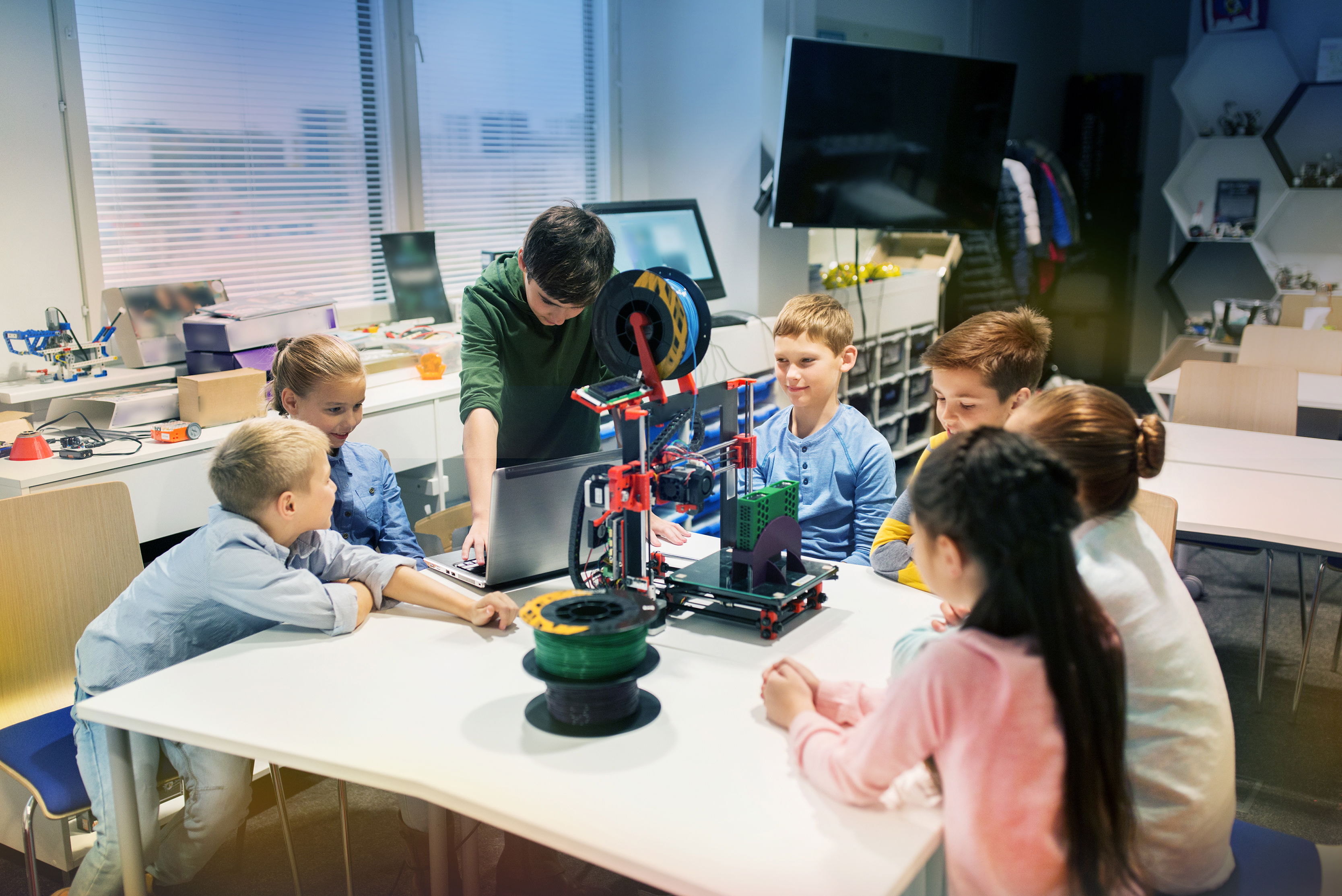Science Fair Ideas: Projects and Guides for Students in 2025
Introduction
Science fairs have been sparking young minds since the 1920s, but in 2025, they're more exciting than ever—blending classic experiments with cutting-edge tech like AI and sustainability themes. Whether you're a 5th grader dreaming of a baking soda volcano or a high schooler coding a plant-regrowth robot, these projects teach real science while building skills like problem-solving and public speaking. With over 1,200 free ideas on sites like Science Buddies and new YouTube trends like machine learning mazes, there's something for every age and interest.
This guide is your roadmap: 50+ project ideas categorized by field, step-by-step execution tips, safety checklists, and presentation hacks to shine. From Waterford.org's 50 easy ideas to Polygence's 100 high school winners, we've curated the best for 2025. Let's turn curiosity into a winning display!
Choosing Your Science Fair Project: The 2025 Starter Guide
Pick a project that excites you—passion shows! Align with themes like climate or AI, per ScienceFair.io's 2025 trends.
- Brainstorm: List questions like "How does music affect plant growth?" (Biology) or "Does paper airplane shape affect flight?" (Physics).
- Research: Use Science Buddies' 1,259 ideas for inspiration.
- Scope: Easy (1-2 days, $10 budget) for elementary; advanced (1 month, $50+) for high school.
- Hypothesis: Educated guess, e.g., "Plants grow taller with classical music."
Age Guide: 5-8: Sensory fun; 9-12: Variables/tests; 13+: Data analysis.
50+ Science Fair Project Ideas: Categorized for 2025
Biology (Life Sciences – Ages 6+)
- Plant Regrowth: Cut carrots in water; measure regrowth. Variable: Light color. Cost: $5. Time: 1 week.
- Ant Activity by Temperature: Count ants on sugar at 20°C/30°C. Hypothesis: Warmer = faster.
- Bread Mold Growth: Test mold on bread types (white/whole grain). Variable: Temperature.
- Vitamin C in Fruits: Iodine test for ascorbic acid in oranges/apples. Variable: Storage time.
- Kombucha Fermentation: Brew tea; test pH over time. Variable: Sugar amount.
- Fall Detector for Elderly: Arduino sensor for falls; test accuracy.
- Bacteria on Phone Screens: Swab/culture; variable: Cleaning methods.
- Seed Germination in Salt Water: Test bean sprouts in varying salinity. Climate tie-in.
Chemistry (Matter & Reactions – Ages 7+)
- Erupting Volcano: Baking soda/vinegar; variable: Dish soap ratios.
- Invisible Ink: Lemon juice messages; heat reveal. Variable: Juice concentration.
- Density Rainbow Tower: Layer liquids (honey/oil); add food coloring.
- Mentos Geyser: Soda + mints; variable: Soda type.
- Elephant Toothpaste: Yeast/hydrogen peroxide foam; variable: Catalyst.
- Tin Hedgehog Crystals: Tin/aluminum foil in HCl; crystal growth.
- Glowing Slime: Phosphorescent glue/borax; UV test.
- pH Testing Household Items: Cabbage indicator; rank acidity.
Physics (Motion & Energy – Ages 8+)
- Paper Airplane Aerodynamics: Test designs for flight distance.
- Egg Drop Challenge: Protect eggs from a 10-foot fall; variable: materials.
- Solar Oven S'mores: Box + foil; melt time by angle.
- Balloon Car Races: Straw wheels; variable: Propulsion.
- Simple Pendulum: Swing string weights; time by length.
- Static Electricity Butterfly: Rub balloon; lift tissue wings.
- Catapult Construction: Popsicle sticks; distance by tension.
- Magnet Strength Test: Pull paperclips; variable: Distance.
Earth Science (Planet & Environment – Ages 6+)
- Rock Cycle in a Cup: Crayons melt/mold and simulate erosion.
- Water Cycle in a Bag: Ziplock + markers; evaporation/condensation.
- Earthquake Shake Table: Jello + buildings; test designs.
- Solar System Mobile: Styrofoam balls; scale distances.
- Oil Spill Cleanup: Cotton balls; variable: Absorbents.
- Weather Station Build: Thermometer + rain gauge; log data.
Engineering & Tech (Build & Code – Ages 9+)
- Arduino Solar Tracker: Panel follows the sun; light sensor.
- Machine Learning Maze: Raspberry Pi robot; train pathfinding.
- Spacecraft Motion Simulator: Straw rockets; trajectory test.
- Fall Detector: Accelerometer alerts; phone app.
- Hydraulic Claw: Syringes and cardboard; lift weights.
- Wind Turbine Model: Blades + motor; voltage by speed.
- Bridge Building Challenge: Spaghetti; strength test.
- Code a Simple Game: Scratch; variable: Difficulty levels.
Advanced/High School (Ages 13+ – Polygence-Inspired)
- AI Plant Health App: The Camera detects diseases; train the model.
- Quantum Coin Flip: Simulate qubits; probability test.
- Climate Model Mini: Excel graphs; variable: CO2 levels.
- Bacteria Antibiotic Resistance: Culture plates; test soaps.
- Rocket Trajectory Calc: Straw rockets; angle/distance data.
- Solar Cell Efficiency: Panels; variable: Angle/light.
- Water Filtration System: Layers; test turbidity.
- DNA Model Build: Pipe cleaners; replication demo.
- Earthquake-Resistant Buildings: Jello base; test shakes.
- Biofuel from Algae: Grow culture; oil extraction test.

Step-by-Step Guide to Science Fair Success
Step 1: Research and Planning (1-2 Weeks)
- Choose a category; brainstorm 3 ideas.
- Hypothesis: "If [change], then [effect] because [reason]."
- Materials list: budget under $50.
Step 2: Experimentation (2-4 Weeks)
- Control group vs. variables; 3-5 trials.
- Data table: Columns for variable, measurement, and notes.
- Safety: Goggles for chemicals; adult supervision.
Step 3: Analysis and Conclusion (1 Week)
- Graphs (bar/line via Google Sheets).
- Conclusion: Did the hypothesis hold? Why/why not?
- Sources: 3+ (Science Buddies, books).
Step 4: Presentation (1 Week)
- Tri-fold board: Title, question, methods, results, conclusion.
- Visuals: Photos, charts; practice 5-min talk.
- Judges love: Creativity, data, and real-world tie-ins.
Tips: Log daily; ask teacher for feedback. 2025 Trend: AI ethics projects score high.
Safety and Resources
- Chemicals: Gloves, ventilation; no ingestion.
- Electricity: Battery-powered; no outlets near water.
- Resources: Science Buddies free guides; YouTube "Science Fair Central."
2025 Trends in Science Fairs
- AI/ML Projects: Maze-solving robots are up 40%.
- Sustainability: Eco-water filters, plastic decomposition.
- Space/Climate: Solar trackers, CO₂ experiments.
- Virtual Fairs: Hybrid events via Zoom.
Conclusion
Science fairs in 2025—from volcano eruptions to AI mazes—ignite lifelong learning. As 1000ScienceFairProjects.com says, "Ideas that inspire"—pick one, experiment boldly, and present with pride. Your discovery could change the world!